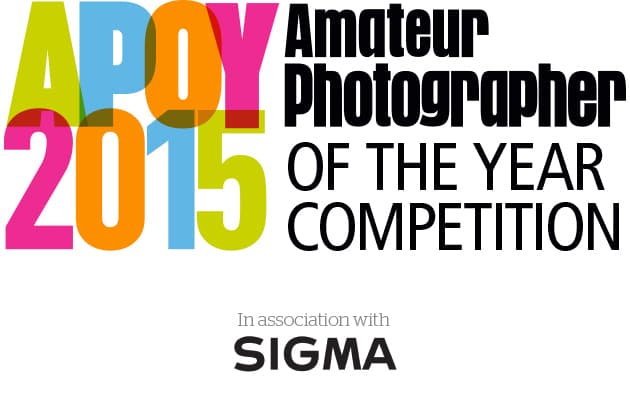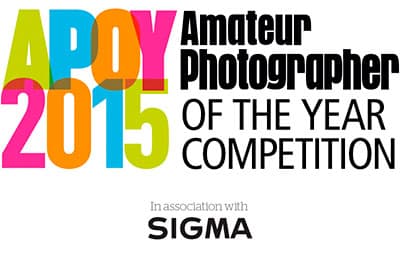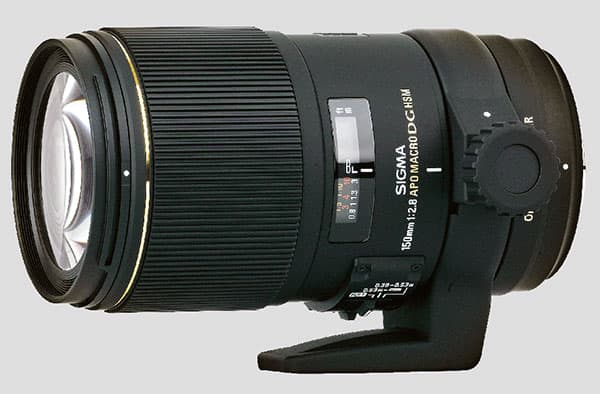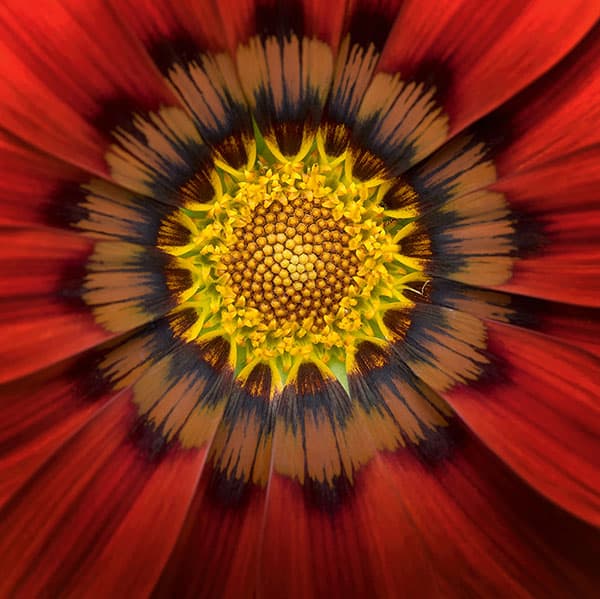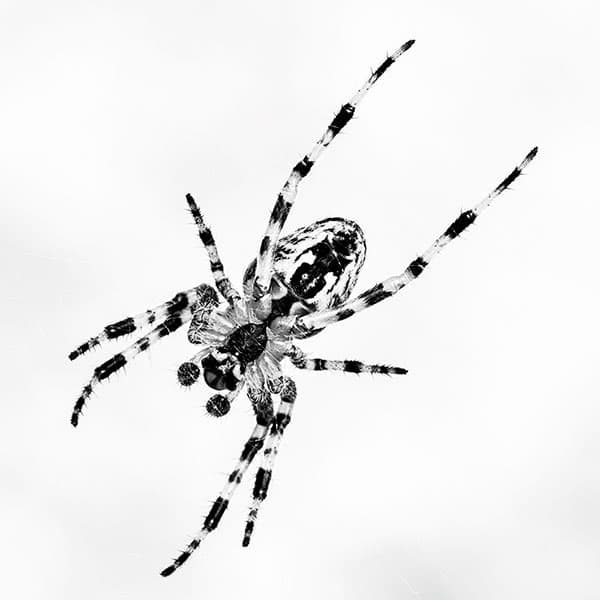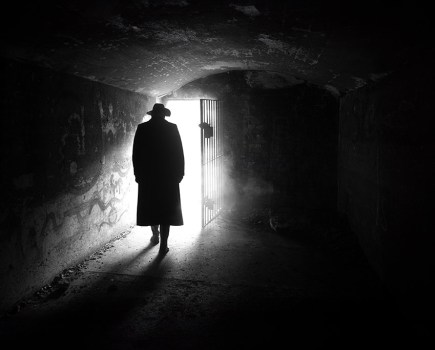APOY 2015 round 5: Up Close – Macro (insects, plants)
Please visit the APOY 2015 home page to find all the rules for entry, terms and conditions, the APOY ENTRY EMAIL ADDRESS and the disclaimers that must be copied and pasted into an email entry.
Entries must be received by midnight (UK time) on 26 July 2015
One of the most exciting things about photography is its ability to take us closer to a subject than we could possibly imagine. Once you begin seeing the world in this way, it can often feel like you’ve crash-landed on another planet.

Amy Whitewick’s image took second place in our 2014 macro round, and is a wonderful example of what can be achieved with quick instincts and an eye for details
Macro photography offers you the opportunity to explore the hidden elements of nature that would otherwise remain hidden from the naked eye. Plants are a beautiful canvas of colour, shape and texture, and getting in close can reveal how all these disparate elements function together to form beautiful subjects.
However, we don’t just want you to focus on plants – we also want to see your macro images of the insects and spiders that you often find buzzing and crawling around your garden. Insects – whether they be wasps, ladybirds, bees or beetles – make truly fascinating subjects for photography, and we often forget just how incredible (and what great photo subjects) they are.
This month’s prize
Win a Sigma 150mm f/2.8 EX DG OS HSM APO Macro lens worth £1,000
The Sigma 150mm f/2.8 EX DG OS HSM APO Macro is a large-aperture medium telephoto macro lens that incorporates Sigma’s Optical Stabiliser technology. As the successor to the 150mm f/2.8 EX DG HSM APO Macro, which was introduced in October 2004, the new OS design offers the latest optical technology.
A floating focusing system moves two different lens groups in the optical path to different positions. This system compensates for astigmatic and spherical aberration, and provides extremely high optical performance from infinity
to 1:1 macro.
Three SLD (Special Low Dispersion) glass elements provide excellent correction of
all types of aberrations and the Super Multi-Layer Coating reduces flare and ghosting. This lens has superior peripheral brightness and provides sharp, high-contrast images even at the maximum apertures.
That’s a prize value of £1,000 for Round Five.
Some helpful tips and advice to get you on your way to shooting macro images of plants, spiders and insects
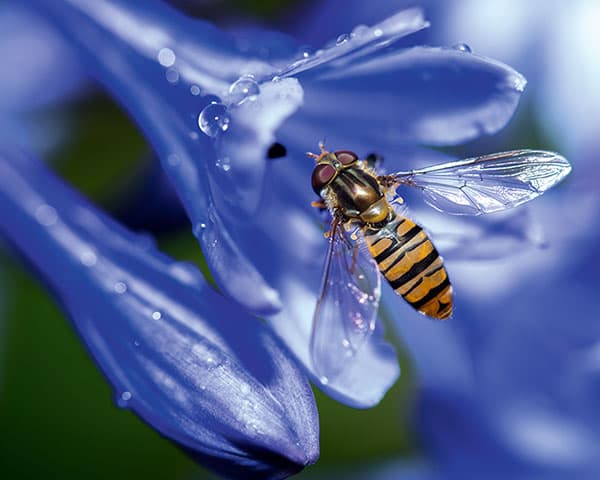
Getting Started – Photo by Fearghal Breathnach. This picture took first place for Fearghal in the 2014 Macro round of APOY
Getting Started
If you are using flash, it’s a good idea to test its intensity and fine-tune the exposure. You’ll certainly need a tripod if you’re photographing moving insects or flowers that may be blowing in a breeze, and perhaps also a cable release. Think about whether you’re going to take your shot in a self-constructed studio environment at home or outside. If you are using natural light, you may find you need to wait until the day is truly bright enough.
Colour and Light
Now the days are getting longer, you can make the most of the extra daylight. Early morning and evening are ideal times for macro photography, as the soft diffused light is a great way to bring out colour and detail. If you’re shooting insects, you’ll also find them much less active at these times, making them easier to photograph. Use a reflector to create natural sidelight or use backlighting in your composition. Think about how you can use colour creatively.
Focusing
You may be better off using manual focusing rather than AF to minimise the chance of coming away with a lot of out-of-focus images. Depth of field becomes narrower the closer the subject is to the camera, so focusing becomes critical. Choose your focus point carefully, as a slight shift will make a considerable difference to your image. Ideally, if your subject is stationary and there is enough light, use a small aperture and a suitable shutter speed to get your image sharp, or consider using off-camera flash.
Black & White
It could be that you choose to convert your image to black & white. The absence of colour will allow the shape, form and texture of your subject to take centre stage. If you do want to do this, choose a subject with interesting shapes and textures, and try to imagine how these will look when they are stripped of colour.
**Please visit the APOY 2015 home page to find all the rules for entry, terms and conditions, the APOY ENTRY EMAIL ADDRESS and the disclaimers that must be copied and pasted into an email entry.
Entries for APOY 2015 round 5: Up Close – Macro (insects, plants) must be received by midnight (UK time) on 26 July 2015

